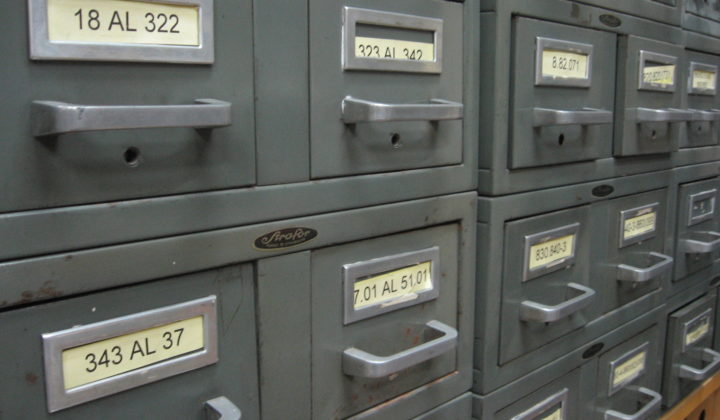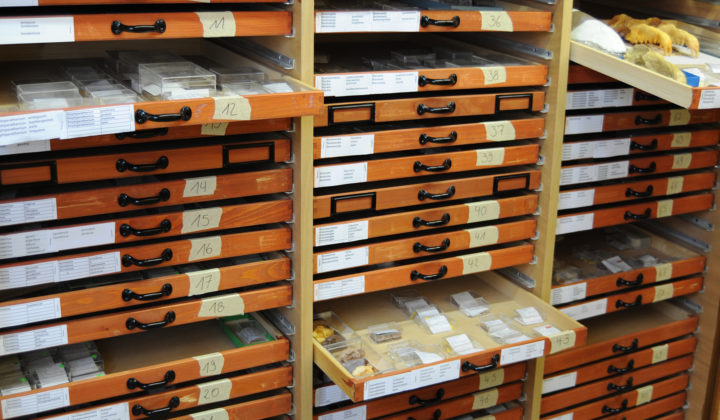Implementation of the Nagoya Protocol at Senckenberg
The Nagoya Protocol sets an international legal framework for national regulations regarding access to genetic resources, the sharing of the benefits resulting from their use and for monitoring compliance with such regulations.
The laws on the use of genetic resources, which come into force with the implementation of the “Access and Benefit Sharing” regulations of the Nagoya Protocol and are actually intended to prevent biopiracy, also apply to basic scientific research. In order to be able to comply with the applicable national and international rules, all scientists who deal with biological material are obliged to deal with these rules themselves. The Nagoya Permission issuing process might take up to one year.
Important documents and data
EU-Verordnung 511/2014 (2014/ 12. Oct. 2014): EU regulation 511/2014 applies to all scientific material collected since October 12, 2014.
EU-Durchführungsverordnung 2015/1866 (2015/ 9. Nov. 2015): The EU Implementing Regulation 2015/1866 has been adopted since November 9, 2015.
Deutsches Gesetz zur Umsetzung der Verpflichtungen aus dem Nagoya-Protokoll (2016/ 1. Jul. 2016): The law implementing the obligations under the Nagoya Protocol has been in force since July 1, 2016.
Evanson Chege Kamau (Ed.) Implementation of the Nagoya Protocol
Instructions and information
The information provided by the ABS Clearing House website is particularly important for practical work. All contact details of the partner countries of the Nagoya Protocol and the status of each country regarding the implementation of the rules of the Nagoya Protocol are available there.
The website of the Federal Agency for Nature Conservation (BfN) is on the German side. The BfN is the German supervisory body for the Nagoya Protocol and offers comprehensive information on all aspects of the application of the protocol and the legal regulations issued for it. Here you can also inquire directly to get help in a specific individual case.
Important information and instructions on how to deal with the regulations relating to the Nagoya Protocol can be found here:
- CETAF Code of Conduct & Best Practices (pdf file), with suggestions on how institutions and researchers should deal with the Nagoya rules.
- BfN information flyer (pdf file) as a compact introduction.
- BfN recommendation on EU Regulation No. 511/2014 (pdf file), in which it is explained whether the own project is affected by the Nagoya rules at all.
- Background information and glossary on ABS and Nagoya Protocol (pdf file), information on the conference “Genetic Resources, Laws and Good Practice”, which took place on March 1st and 2nd, 2016 in Berlin.
For anybody working in an EU member state: the EU regulations are decisive. Anyone who travels to another country to research or collect must comply with the applicable law of that country. These may well differ from the EU regulation or the Nagoya Protocol.
Dealing with genetic resources
According to EU regulation 511/2014, there is a duty of care when procuring and working with genetic resources. In addition, there is a documentation obligation with regard to compliance with this duty of care and reporting to the national inspection body (BfN).
Notification is required:
- if research on genetic resources is funded (publicly or privately) (Art. 7.1):
The so-called declaration of due diligence can be made at the earliest after the funding has been approved, but at the latest before submitting the final report of a project. The BfN and the EU provide the DECLARE web portal for submitting the declaration. To get access to this web portal, please contact nagoya@senckenberg.de - in the last phase of the development of a product based on the use of genetic resources (Art. 7.2).
At least the following documents must be able to be provided if the laws of the country of origin of the genetic resource require it.
PIC – „prior informed consent“
MAT – „mutually agreed terms“ should, at least, contain
- A dispute settlement clause.
- Terms on benefit-sharing, including in relation to intellectual property.
- Terms on subsequent third-party use, if any.
- Terms on changes of intent, where applicable.
For objects that are kept in collections, points 3 and 4 are particularly important to enable the later use of such objects by other scientists.
A brief description of the projects in which material is collected and electronic copies of all relevant documents should be stored in the Senckenberg Data & Metadata Repository. This information is easy to find and is also available for linking from the collection database.
The documentation must be kept for 20 years after the end of the use of the genetic material!
The documentation will have to be kept as long as the collection object exists.
In order to ensure the documentation requirement, it is necessary that at least copies of the documents relating to biological material that were procured from October 12, 2014 or that will be procured in the future must be deposited.





